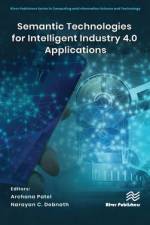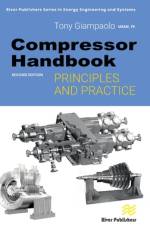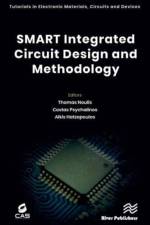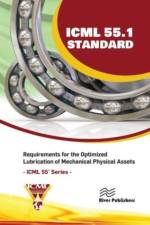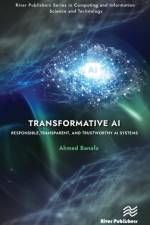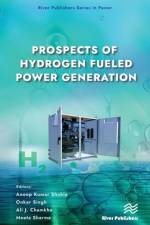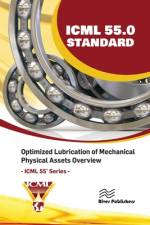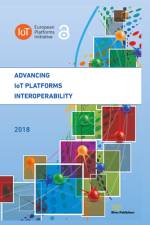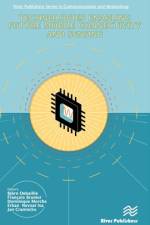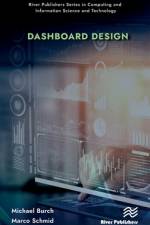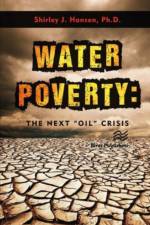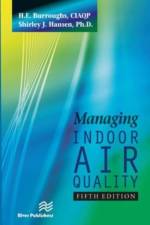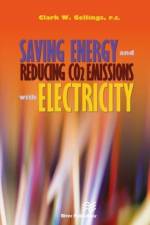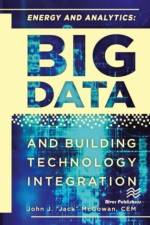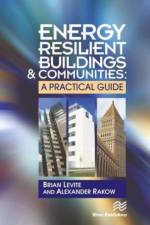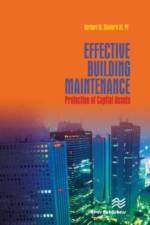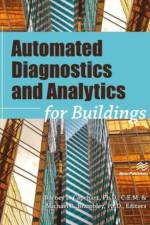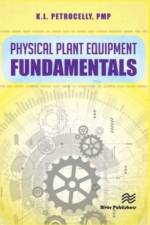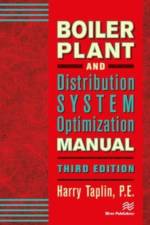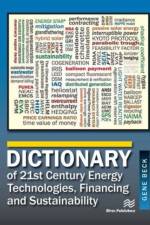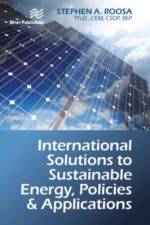av CLP Beck CEM
889,-
This comprehensive desktop reference addresses the diverse terms and acronyms that form the backbone of 21st century energy technologies, applications of those technologies, and the sustainability sector of the U.S. economy. The convergence of these disciplines has resulted in an explosion of specialized terms, acronyms, and jargon. The references encompass a wide range of legacy as well as emerging renewable energy technologies including the finance and sustainable segments of business that form an integral part of those technologies.This dictionary gives professionals and laymen alike, across the multi-disciplinary fields of energy, a tool to better understand and communicate energy matters and understand the energy issues and opportunities faced. There are over 8,000 entries, making it the largest dictionary ever compiled on these specific subjects. Although the book includes some highly technical terms, the writing and explanations are sufficiently clear for both academia and practitioners including students, professors, architects, accountants, attorneys, engineers, public policy makers, regulators, developers, real estate professionals, debtors, borrowers, standards setting organizations, journalists, and boards of directors.The author has created this dictionary to help both novices and experts cut through the confusion and understand the vocabulary of this fast-growing field. This comprehensive body of knowledge explains these technologies and thousands of other new technical terms and acronyms. Three sectors--energy, efficiency, and sustainability--are at the heart of the economic low-carbon future growth of our economy. The result is a practical tool that should find a central place on the desk of anyone involved in energy, management, and development of sustainability issues anywhere in the world.

